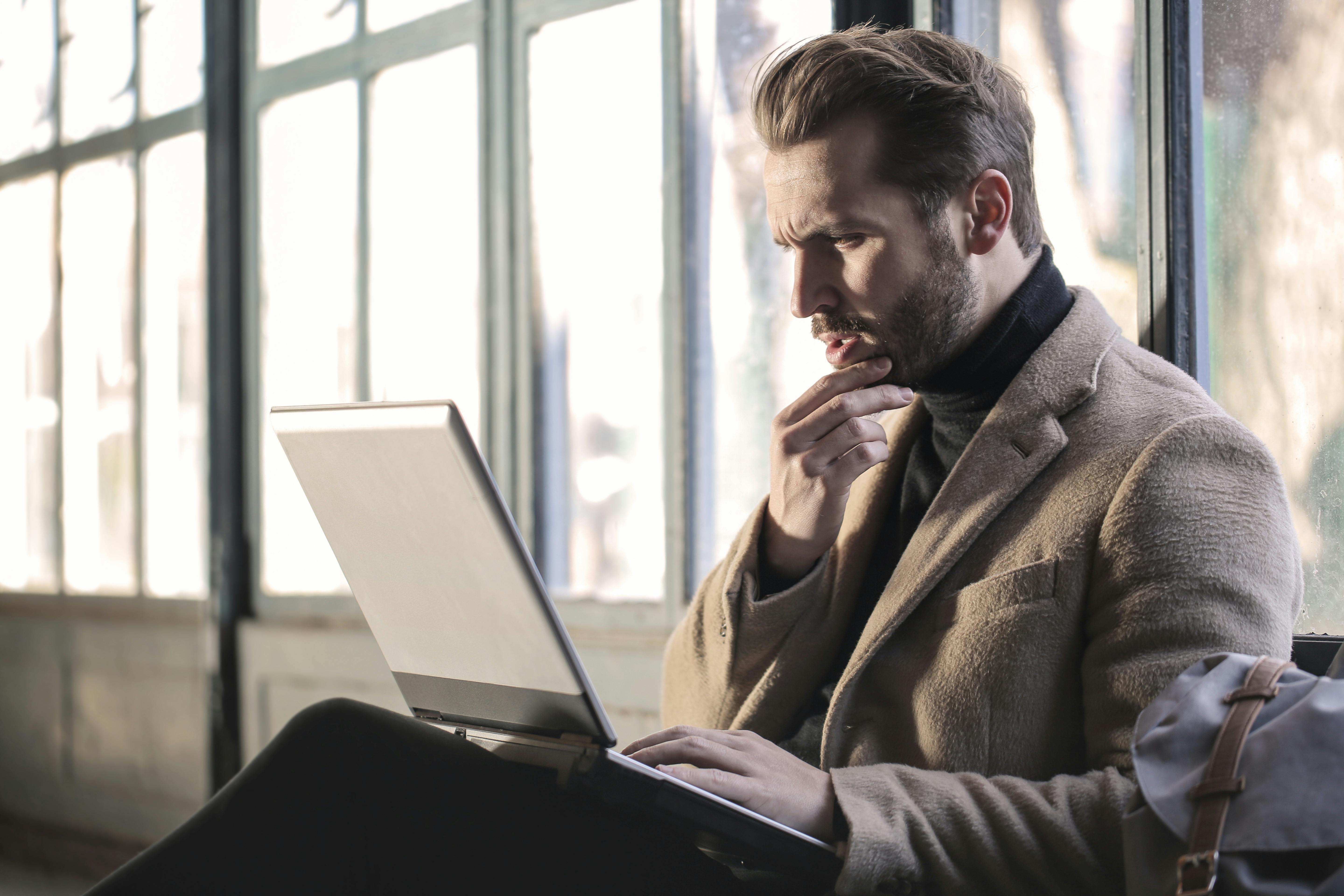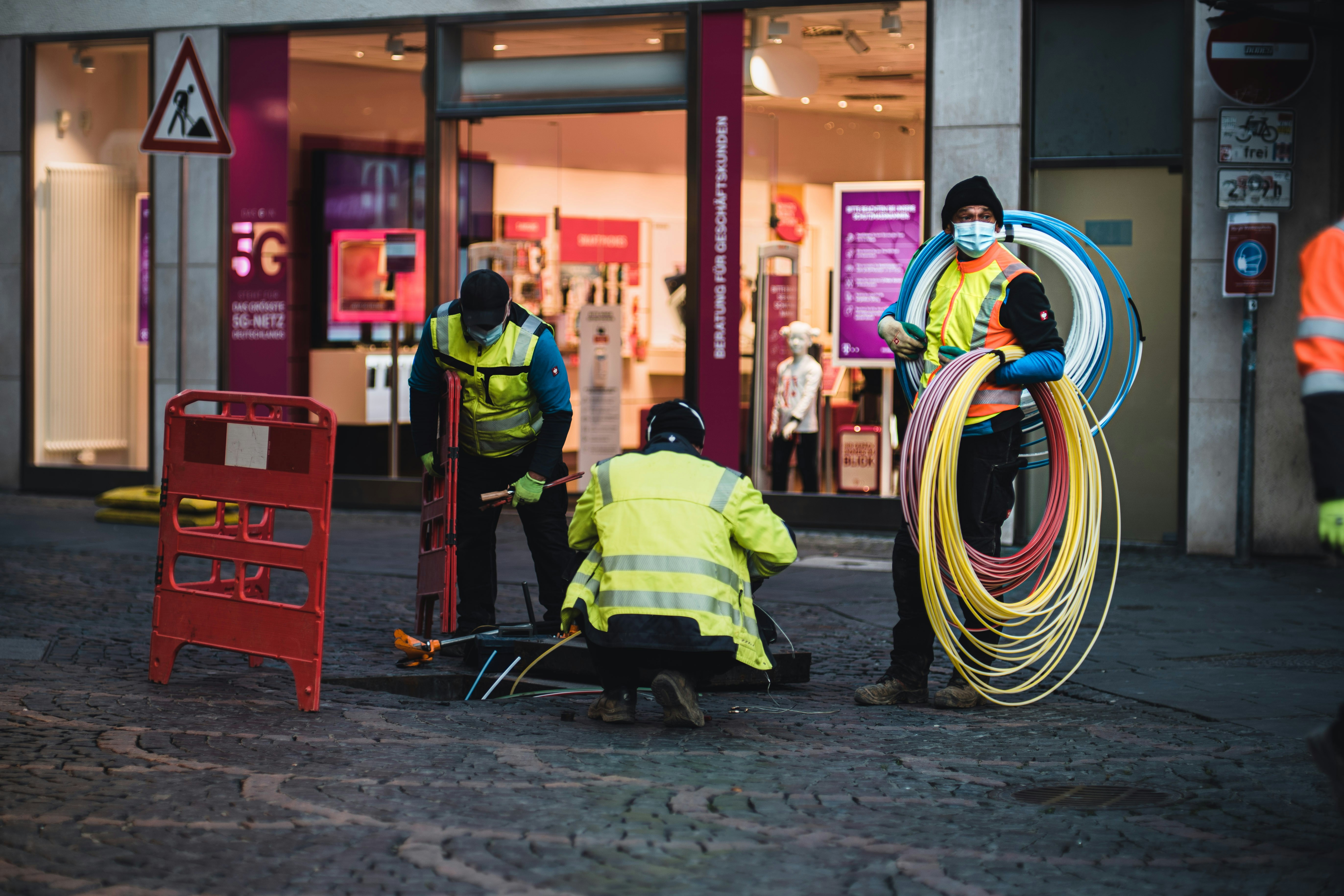A recent survey highlights the critical importance for estate agents to offer broadband performance reports when marketing properties, particularly “dream property” offerings.
Recent research suggests that Estate Agents should be focusing on providing home buyers with broadband performance reports if they want to meet the criteria of buyers dream homes.
The top ranked factor for the ‘dream home’ wish list when looking for a new property was reliable internet.
UK based platform Compare My Move assists home buyers, sellers, landlords and movers with the whole property buying process. They commissioned research with Front Door Comms and OnePoll, creating an online survey of 2,000 adults based in the UK, naturally representative of age, gender and region.
62% Brits Looking for Decent Wi-Fi When Looking at a Potential New Property
The survey found that 62% of survey respondents put decent Wi-Fi as the number one feature they would want in their realistic dream property. Strong Wi-Fi came above a private driveway and a walk-in wardrobe.
This would appear to highlight a shift away from fancy frills, instead favouring functional living and everyday essentials when looking for a new property.
If you’ve ever had your internet go down for a significant length of time then you’ll know how much you rely on that connection. From the obvious things like logging onto your laptop to work from home, to the more taken for granted things like asking Alexa for a timer whilst cooking dinner or trying to listen to music – Having no Wi-Fi is excruciatingly frustrating.
Since the pandemic when the UK was plunged into the world of working from home and home learning, Estate Agents have seen a dramatic increase in questions about reliable broadband when prospective buyers are looking at new property.
So it’s little wonder that prospective home buyers want to know exactly what kind of broadband connection they could expect from a potential new home – And if Estate Agents want to make a sale, and Estate Managers want to find a tenant then they need to be providing information that shows the available broadband for that property.
Reliable Broadband for High End Estate Agency
High End Estate Agents aren’t just matching High Net Worth Individuals with their latest luxury home – They need to give their buyers confidence that they will be moving into a well connected home with strong, reliable broadband.
Co-founder and MD of Compare My Move says it himself – The results show that “people are prioritising convenience, comfort, and connectivity in their everyday lives. While high-end extras might look impressive on paper, it’s the things we rely on daily – like Wi-Fi and a driveway – that really make a place feel like home.”
And thus, this needs to be reflected in the way that Estate Agents (including High End) and Estate Managers are marketing their properties.
Is Slow Internet the Dealbreaker That’s Losing You House Sales?
The survey reported above supports previous research from a few years ago when it was found that 20% of people would not buy a property if it had slow internet speeds.
Similarly, the lack of super-fast internet is often a deal-breaker when it comes to house hunting with many prospective buyers viewing the Wi-Fi connection more important than the number of bedrooms.
Whilst the size of a property is still important, Estate Agents must now recognise that for many house hunters the quality and speed of the internet is now on par with other deemed essentials. In Scotland and the Southwest, some prospective house buyers value the availability of high-quality broadband above everything else – Even house size.
Estate Agency and Estate Management clients are least likely to compromise on high-quality broadband when looking for a new home. Decent Wi-Fi was deemed more important than local amenities and space.
In addition to this, homes for sale that had a worse connection could see Estate Agents selling at approximately £5K less, based solely on whether a home had access to a 300Mbps connection or not.
How Many Homes Have Access to Full Fibre?
According to Ofcom, 20.7 million UK homes, or 69% of the total, have access to full-fibre broadband. This represents a significant increase from 17.1 million homes (57%) in September 2023.
Specifically, Ofcom’s Connected Nations report in July 2024 showed that:
- Full-fibre coverage has expanded to 69% (20.7 million) of the UK’s 30.1 million homes.
- This is an increase of 12 percentage points (3.6 million premises) since September 2023.
- Full fibre is more prevalent in urban areas (71%) than in rural areas (52%).
- Gigabit-capable coverage, including full fibre and hybrid fibre coaxial (HFC) cable, has reached 83% (25 million) of UK homes.
- Northern Ireland leads the way with 93% of homes having access to full fibre.
SpeedScore from Geekabit Wi-Fi Experts
With over a decade of experience providing connectivity solutions to UK markets, Geekabit saw how house buyers, tenants and hospitality customers are getting more tech savvy and starting to ask Estate Agents and Estate Managers questions about internet speeds and reliability.
Thus, we launched our innovative Internet Connectivity Measurement Platform – Geekabit SpeedScore.
This gives Estate Agents and Estate Managers a variety of tools to help provide an independent certification of internet speeds and connectivity. Ideal if you’re trying to make a sale by proving the speed and connectivity of a property’s internet.
Whether it’s a high end luxury property or the dream home of the average buyer, a clear, concise and accurate presentation of a property’s broadband could be the leverage to close that sale.
You can read more about SpeedScore here.



